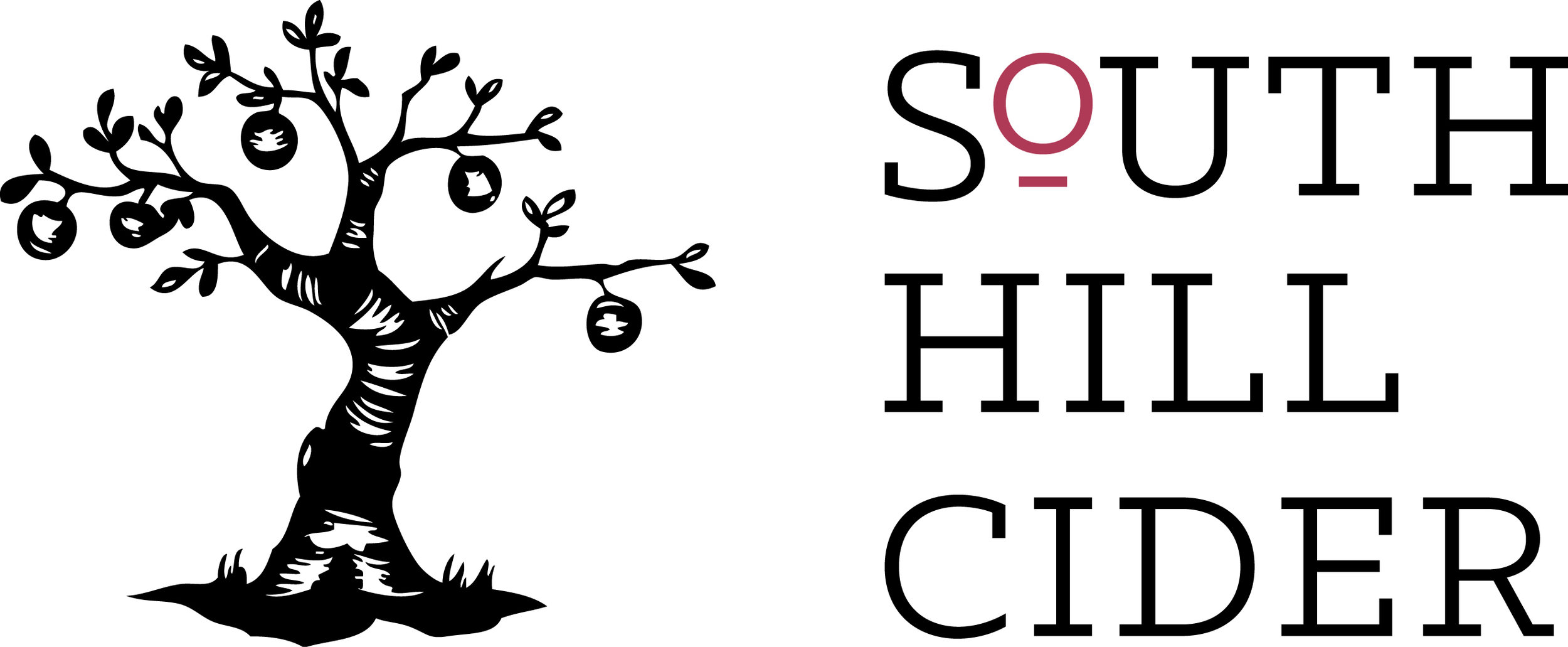Our Keeved Cider
Keeving
a traditional process
a pet-nat - no added yeast or sugar
a French method - most French ciders use this method
similar to modern winemaking processes, but less inputs
Among cidermakers and drinkers, the process of Keeving is shrouded in mystery and wizardry.
This beautiful color, complex and juicy flavor comes from a wild fermentation, the presence of tannins from bittersweet cider apples, and the lack of any sulfur additions.
Most ciders ferment all of their sugar away in the process of bottle-fermentation turning the sugars in the juice into alcohol. It is difficult to stop the fermentation once started. 'Keeving' is a method that shepherds the juice as it is fermenting through a process that assures a very slow fermentation. The very slow fermentation (and the high quality cider apples were pressed for the juice) produces complex flavors, and allows the fermentation to stop in the bottle producing a pet-nat with a balanced amount of residual sugar (RS).
To make a keeved cider it is important to have well-ripened cider apples. The high tannin levels help to keep the uninnoculated wild fermentation clean as tannins have antimicrobial activity. The apples are then crushed and allowed to ‘macerate’ for up to a few days (which means to sit in a container unpressed). This allows more pectin to make it out of the cell walls of the apples and into the juice. Then the apple mash is pressed and put into a tank without any added yeast. An enzyme and CaCl is added to help the pectin to turn into a gel (similar to making low-sugar jams and jellies - These additions then come right back out of the cider when the gel is removed). This juice is then left to spontaneously ferment and the tiny bubbles of the slow natural fermentation carry the gelled pectin to the surface, meanwhile trapping yeast and other sediment within the gel. Then only the resulting juice- which is now very clear- is racked (transferred through a hose) into another clean tank. The fermentation then proceeds very slowly throughout the winter.
A couple of times the fermenting juice is racked again to separate it from the yeast which have grown naturally during fermentation. The yeast which have grown incorporates nitrogen and other nutrients in their cell bodies, thus removing it from the fermenting juice. This is what allows the fermentation to stop in the bottle - the yeast has no more food to eat.
Normally to have a bottle of wine or cider with any RS one would have to use a high-tech process of filtration, pasteurization, or high-tech chemicals which we don’t want to use for obvious reasons. But this process has been used for centuries . It is still very common in France and is also used in England. We are one of the very few producers in the US employing this method.
This cider is a ‘pet-nat’ meaning that the primary fermentation starts off spontaneously without adding any sugar or yeast. It also means that the cider is bottled before the natural yeast has turned all of the yeast into sugar, allowing bubbles to form in the bottle as part of the primary fermentation.
For serious cider nerds here is a journal paper about Keeving.
Modern winemaking has adopted a similar approach, with more inputs but to achieve a similar goal.
Grapes do not have the level of pectins that apples do, so rather than rely on the natural pectins to for the cap, gelatin is often added, and nitrogen gas is bubbled through the wine or juice thus floating the gelatin into a cap. The formation of this cap traps sediment and yeast thus clarifying the juice.
After the initial 120 bottles that we bottled for the club, we bottled another 340 bottles that are also fermenting and right now it is available only to club members, though these bottles should ferment for another couple of months before they are done. Any remaining will be available to all once they are fermented and fully carbonated. Club members received a bottle last month, but if you want another just send us an email or call us.
Cheers,
Steve

